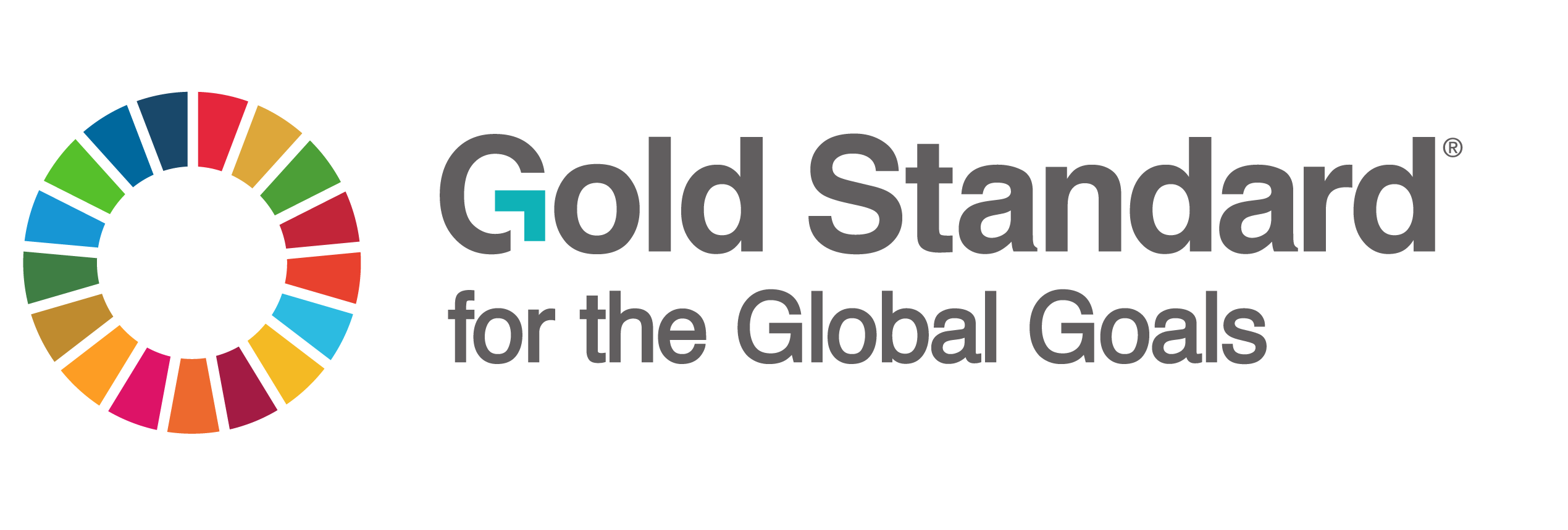The methodology presents requirements to quantify changes in greenhouse gas (GHG) emissions and soil organic carbon (SOC) stocks through the adoption of improved agricultural practices. Activities can achieve avoidance of emissions as well as sequestration of carbon in the soil, both which result in increased SOC content. ...
This Soil Organic Carbon (SOC) Activity Module focuses on zero tillage/no-till practice, an agricultural technique for growing crops or pasture without mechanically disturbing the soil through tillage (including disturbance from non-turning tillage such as rippers and disc harrows). ...
This Soil Organic Carbon (SOC) Activity Module presents requirements and guidance to quantify and monitor greenhouse gas (GHG) emissions and soil organic carbon (SOC) changes resulting from change in soil management practices within agricultural systems through application of biostimulants for soil revitalisation. The eligible activities are intended to achieve net carbon sequestration in the soil carbon pool. This activity module shall be applied in conjunction with the Soil Organic Carbon Framework Methodology. ...
This module focuses on defining, monitoring, and reporting the improved management of pasture. Although the module was developed for managed pastures in dairy production in Finland, it is applicable regionally in the EU. ...
This Soil Organic Carbon (SOC) Activity Module presents the requirements and guidance to quantify greenhouse gas (GHG) emissions from agriculture by changing soil tillage practices within agricultural systems. This SOC Activity Module is based on and replaces the Gold Standard Agriculture Methodology for Increasing Soil Carbon Through Improved Tillage Practices V0.9. ...
This Soil Organic Carbon (SOC) Activity Module presents requirements and guidance to monitor and calculate the climate impact of the application of organic soil improvers from pulp and paper mill sludges. ...
This methodology was released for road testing and has since been replaced by the Soil Organic Carbon (SOC) Activity Module released under the SOC Framework Methodology. ...
The methodology is applicable to measures that reduce anaerobic decomposition of organic matter in rice-cropping soils. Such measures include changing the water regime during the cultivation period. This methodology can be applied to large and small-scale or micro-scale projects or PoAs. ...
Cows release methane (CH4) as a result of the digestion of feed materials in the rumen, one of the four stomach chambers of ruminant livestock. Fermentation in the rumen generates hydrogen as a result of the feed degradation by microorganisms present in the rumen. The animals must remove the produced hydrogen. One of the ways to reduce hydrogen in the rumen is the production of methane which is released by respiration and eructation into the atmosphere. These emissions are called enteric emissions. ...
The methodology quantifies the reduction of methane (CH4) emissions from enteric fermentation for dairy cows as well as impacts on emissions from manure handling. The methodology focuses on application of feed supplements to directly inhibit methanogenesis. ...
Methodology for quantification of GHG Emission Reductions from improved management in smallholder dairy production systems. Used in conjunction with the GHG Emissions Reduction & Sequestration Product Requirements projects may be issued with carbon credits. ...
Top soil erosion is one of the main drivers of land degradation. Agricultural lands with declining soil organic matter face reductions in the water infiltration capacity of soil, leading to increased run-off and further topsoil erosion. This methodology quantifies the water benefits created when adopting sustainable agricultural land management practices (SALM) that mitigate soil erosion. ...
